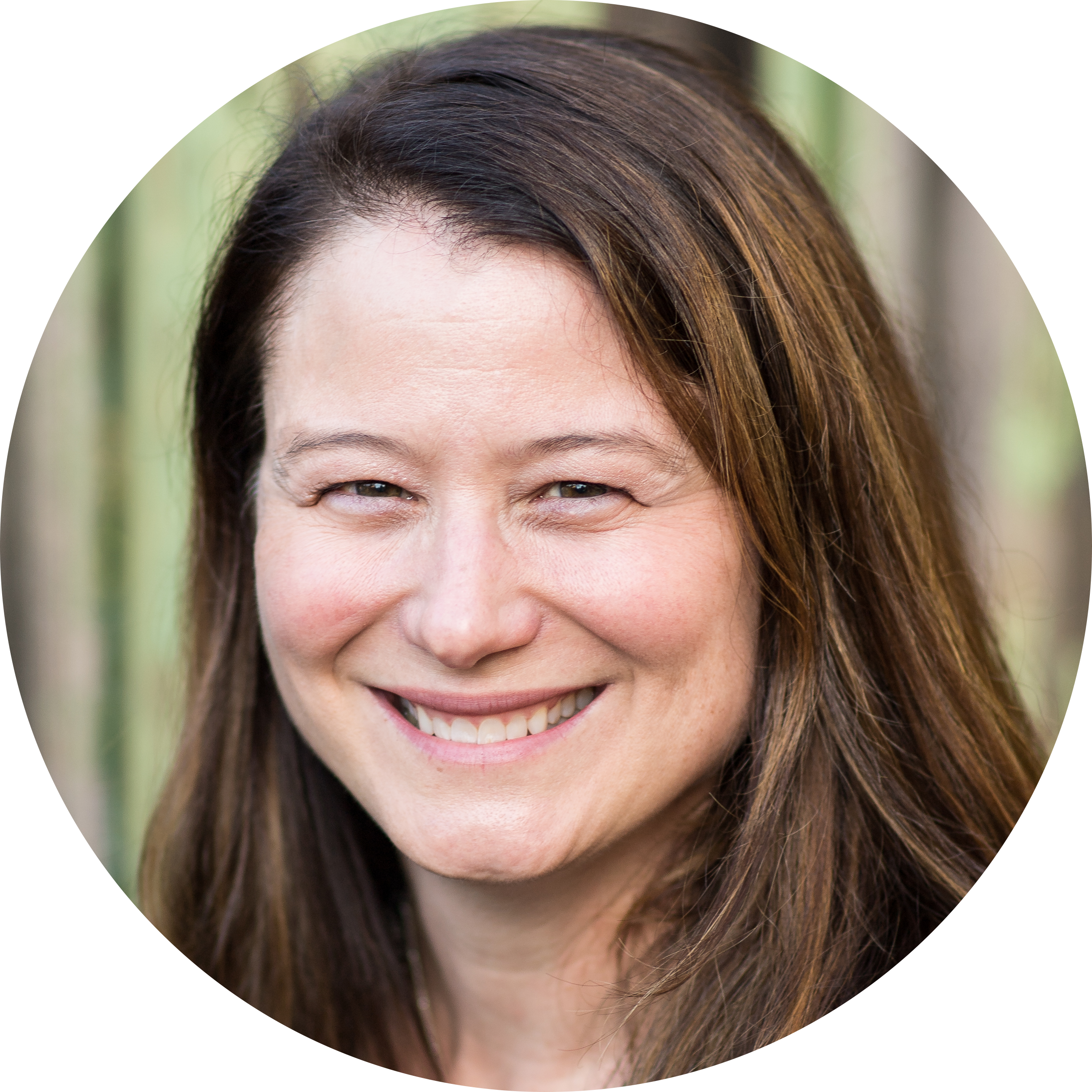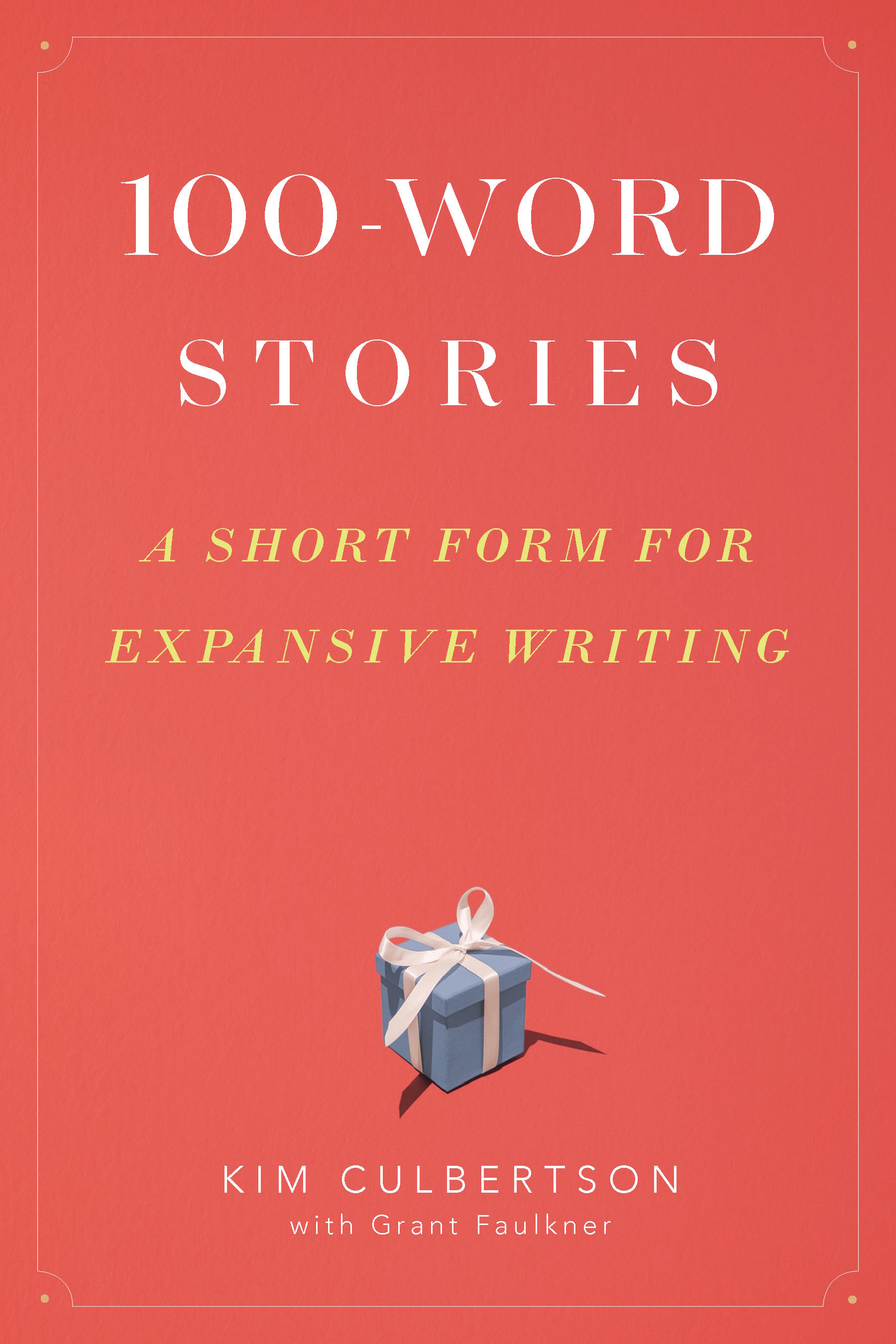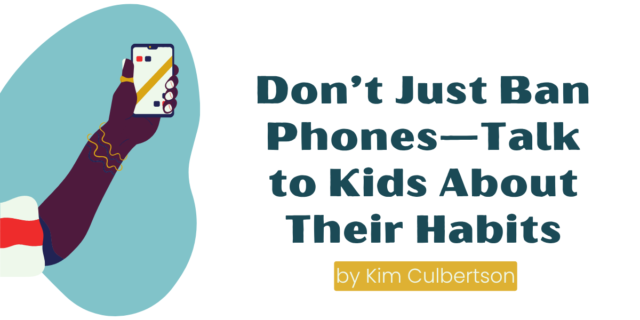
By Kim Culbertson. 100-Word Stories: A Short Form for Expansive Writing, co-written with Grant Faulkner, released Fall 2023.
***
“Show me your thinking!"
I say this over and over in my high school writing classes. The other day, in my senior Composition class, we were working on list essays, and I said, “you are listing your thinking. You are walking me through it in this form. Step by step.”
I love lists. Anyone who has read my fourth YA novel The Possibility of Now or explored my 100-word Stories: A Short Form for Expansive Writing knows this about me. Lists help us order our thinking, keep track of it, both as writers and also as humans milling about the world.
I love the list essay by Matt Haig, “How to own a cell phone and still be a functioning human being.” I use this essay as a starting place to unpack Matt’s thinking via this unique form. I ask my students: what is he doing in this essay with his ten numbered sections? What is his thinking? How does he structure it? What about the listing allows us to know his ideas? We annotate it. We chat about it. Then, we write one of our own. For this assignment, I want students to start with the word How. They start with a list of Hows. How to be a best friend to my dog. How Toy Story ruined my ability to throw away my stuff. How to avoid mushrooms in every dish. That last one is mine. I don’t like mushrooms. Sorry, that’s polarizing, I know.
I tell my students: if you can think it, you can write it. Start with your lists. Choose a topic. Dig into the thinking behind that topic. Consider what you believe. Consider where you want to take your reader. Consider tone. Are you aiming for funny, informative, serious, instructional? Show me your thinking, your intention, through the words you choose for your sentences. Through the way you structure those sentences on the page. Be intentional about which argument or idea goes with each list number.
This is one of my favorite assignments all year. One of my students was working on his draft the other day and I saw him grinning. “What?” I asked him. “I just really love this line I wrote.” He was cracking himself up. This is a win for me as a writing teacher. I encourage them to delight in their own thinking, their own imaginations and beliefs. More often than not, at the end of the year when they discuss their favorite forms we’ve studied, the list essay gets a mention. Often because it felt approachable. But, maybe more importantly, it’s because they had fun with it. Imagine that? A writing assignment that felt fun. And taught them to take their thinking and build it into beautiful, specific words.
Ten Ways Writing is Thinking
- Writing allows students to take a question or text and run it through their own mind.
- Writing allows students to consider their initial thoughts about something on a macro level – it asks for an immediate, personal response.
- Writing allows students to choose the specific words to show this response.
- Writing allows students to consider the tiny parts of ideas (the micro building blocks) that stack together to create an argument or imagery or thread.
- Writing allows students to consider why they think something (Why do I think that? Where did this idea originate? Are there things to consider that might change this idea?).
- Writing is tangible (students see it on the page). When students revise it is often asking them to consider what is in their mind versus what is on the page and making sure to fill in the gaps.
- Writing is intentional. When we encourage students to make visible choices as writers, they can start to be more intentional about it.
- Writing is messy. Writing lets student see they can change their thinking, wrestle with it, amplify it, move it around on the page.
- Writing is a process. Every small act of writing allows students to see growth, the ability to take an idea from a glimmer to a fully developed glowing form.
- Writing creates personal voice. When we let students wrestle with words and sentences and forms and ideas, this is an act of personal agency that creates voice. They begin to see their own voices as valid and full of potential.
***
Listen to Kim Culbertson and Grant Faulkner discuss how flash fiction fosters agency and connection in the classroom on the Heinemann podcast.
Improve secondary students' writing skills with 100-word stories, a popular form of flash fiction that teaches kids a wide variety of literary skills and devices. Lessons and writing prompts accompany each mentor text and give you tools to use this instructional method in your writing classroom today.
Purchase the book below.

Kim Culbertson is a veteran English teacher and the award-winning author of five YA novels. Her titles Catch a Falling Star; The Possibility of Now; and The Wonder of Us were Scholastic book club selections. Kim sits on the Writers Council for National Writing Project and works as a Fiction mentor with Dominican University of California’s MFA in Creative Writing.
Kim Culbertson is the coauthor (with Grant Faulkner) of the new book 100-Word Stories: A Short Form for Expansive Writing.



